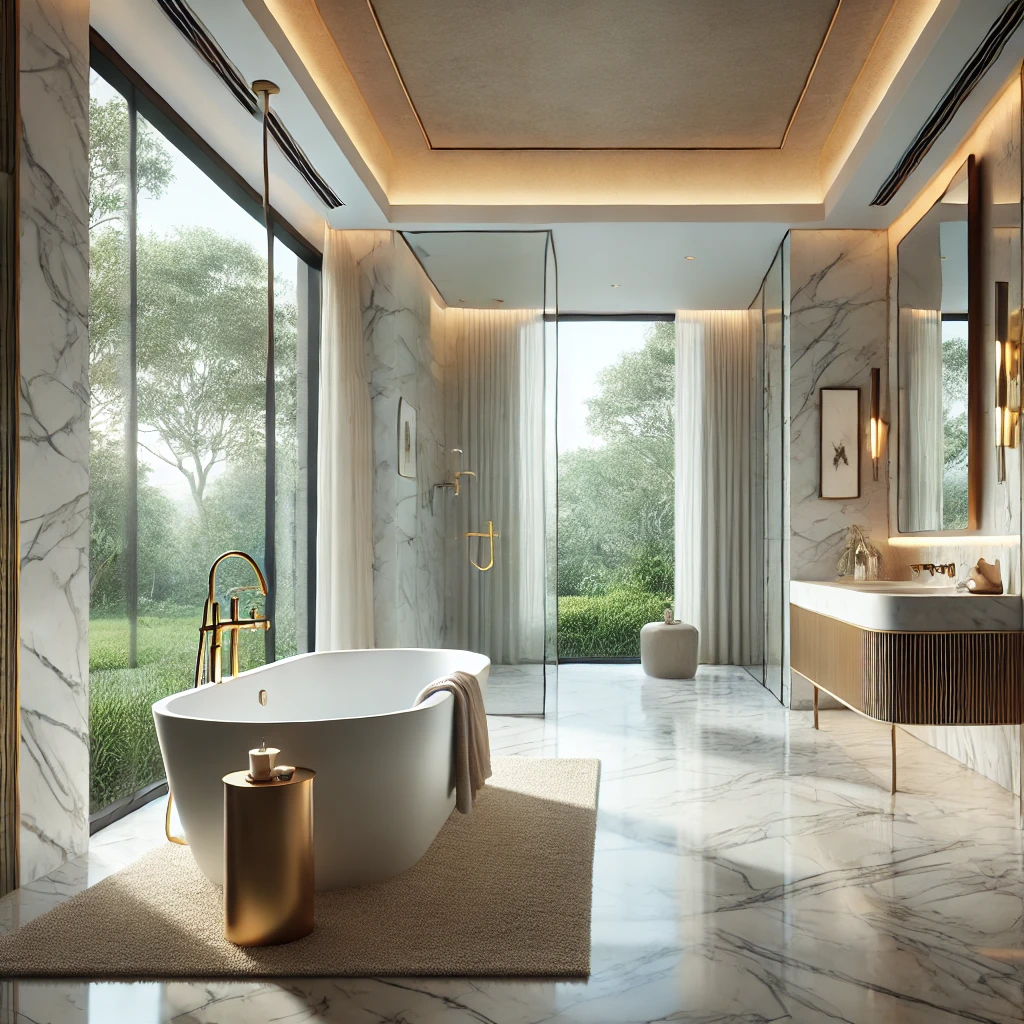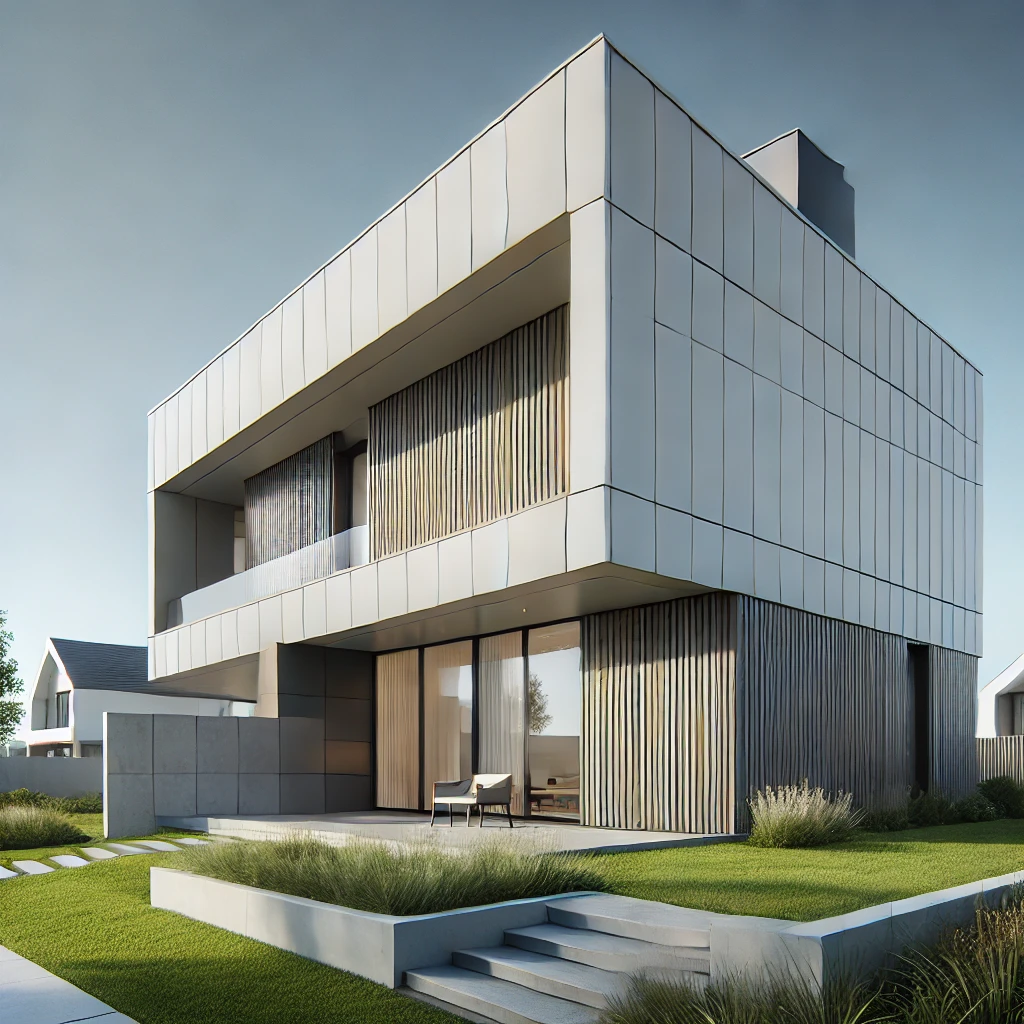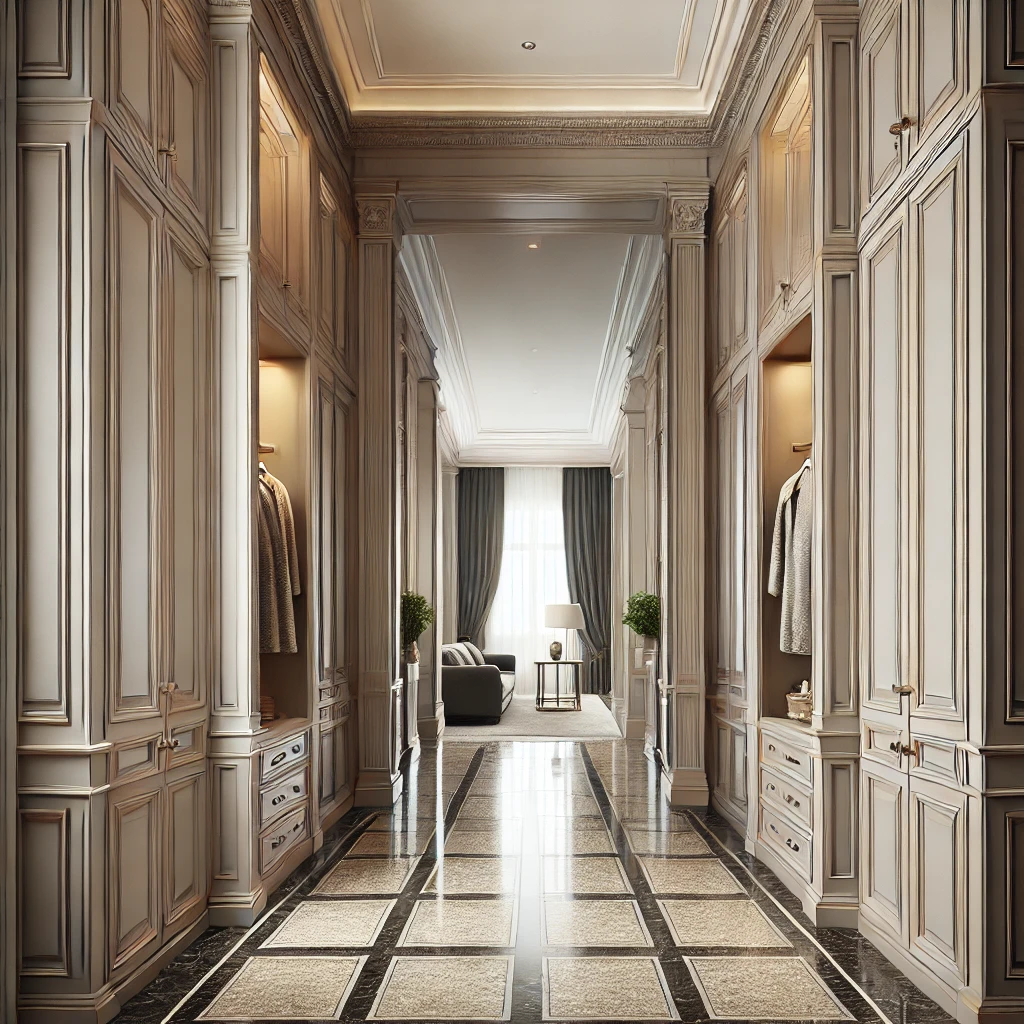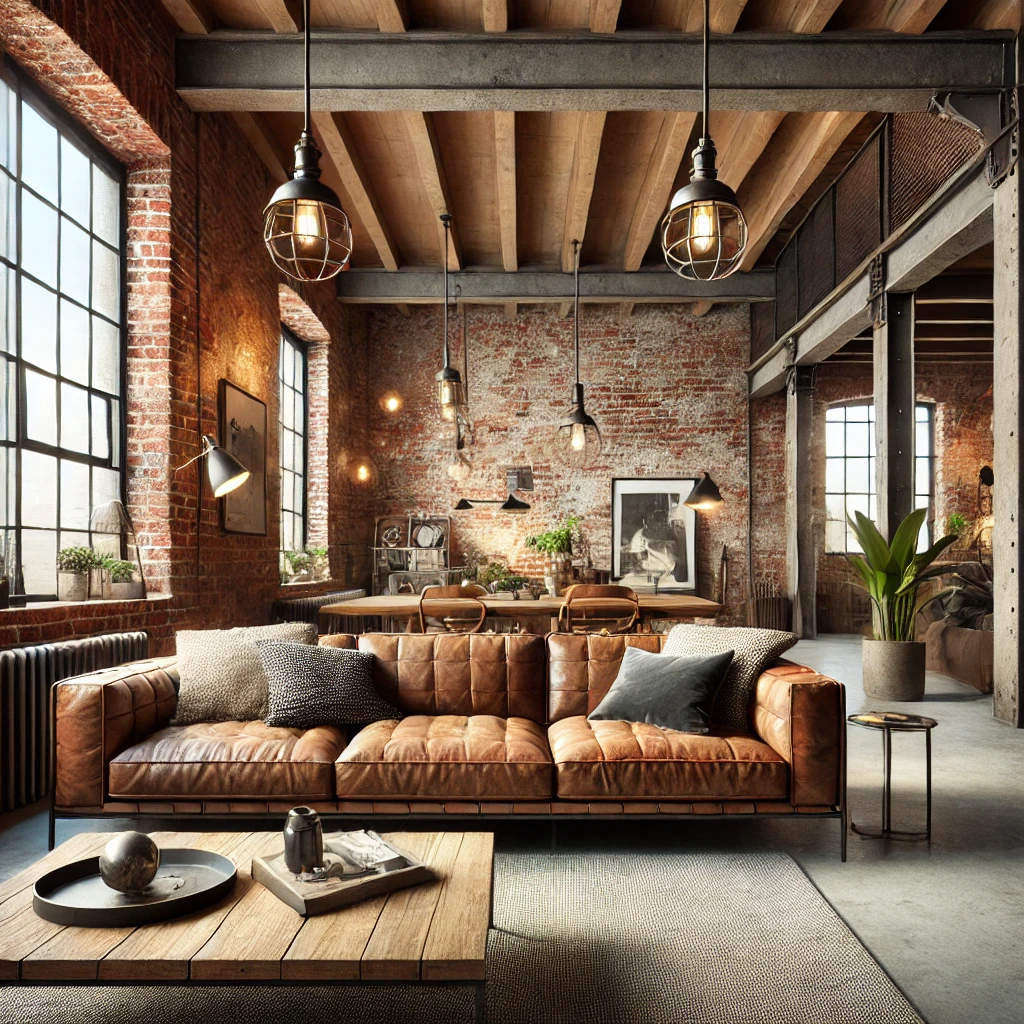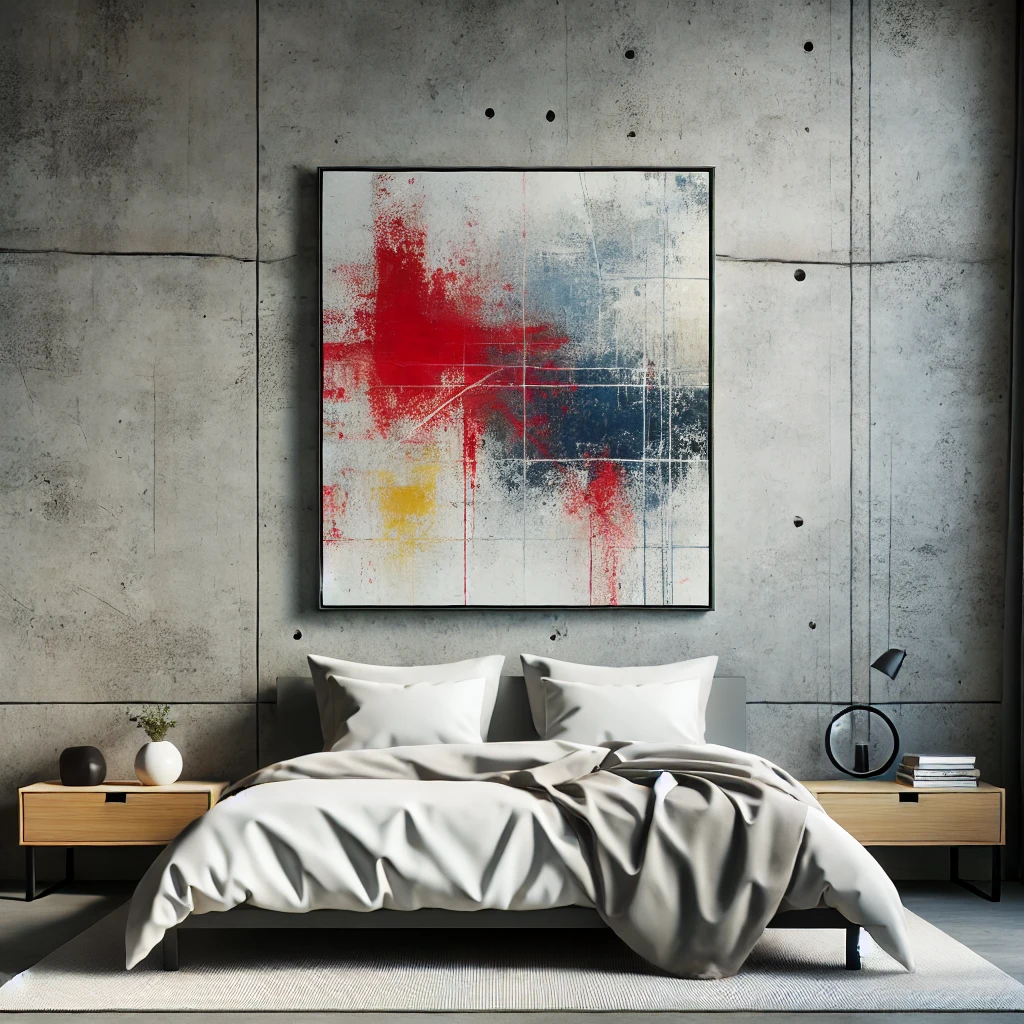Painting Interior Surfaces with Limewash Paint

Wainscoting / Wood / Plywood or Particleboard
Wainscoting can look great when painted with limewash paint. Here’s everything you need to know:
How to Paint Wood with Limewash Paint
We often get asked whether our limewash paints can be used on wooden surfaces.

Limewash ZUBRA Colour Paint Can Be Used On:
Limewash ZUBRA paint offers a wide range of applications, not only on traditional plasters or walls but also on various wooden surfaces. Thanks to its unique formula, this natural paint can be applied directly to many types of wood, creating both opaque finishes and subtle wash effects that highlight the natural grain of the wood. Here are some tips on how to use limewash paint on wooden surfaces:
Wood That Does Not Require Sanding
Pine and Plywood: Pine and plywood are ideal candidates for limewash painting as they naturally contain lower amounts of tannins compared to woods like new oak or teak. Limewash paint can be applied directly to these materials, allowing the creation of a finish that highlights the natural beauty of the wood.
Wainscoting: Painting wainscoting with limewash paint can transform an interior, giving it a light and fresh look. Direct application of the paint to wainscoting preserves the visibility of the wood grain, adding character and uniqueness to the rooms.
Finishing Effects
Limewash paint allows for various finishing effects. Applying one or two coats can achieve an opaque finish that completely covers the surface. Alternatively, by diluting the paint, you can create a wash effect that lets the wood grain show through while maintaining a subtle color and texture.
Application on Ceilings and Particleboard
Pine Ceilings: Limewash paint is also effective on wooden ceilings, where it can add lightness and open up the space. Using it on pine ceilings allows for a unique effect that combines tradition with modernity.
Particleboard: Applying limewash paint directly to particleboard, even without sanding, is possible and can create an interesting, albeit slightly rough finish. On surfaces where finish precision is not crucial, such as ceilings, this can be an attractive and economical option.
Summary
Using limewash paint on wooden surfaces opens new design possibilities, allowing for experimentation with finishes and effects. Thanks to its flexibility and environmental friendliness, limewash paint is an excellent choice for those seeking natural and aesthetic solutions for interior decoration. Remember to always perform test applications on small sections to ensure the final effect meets your expectations.
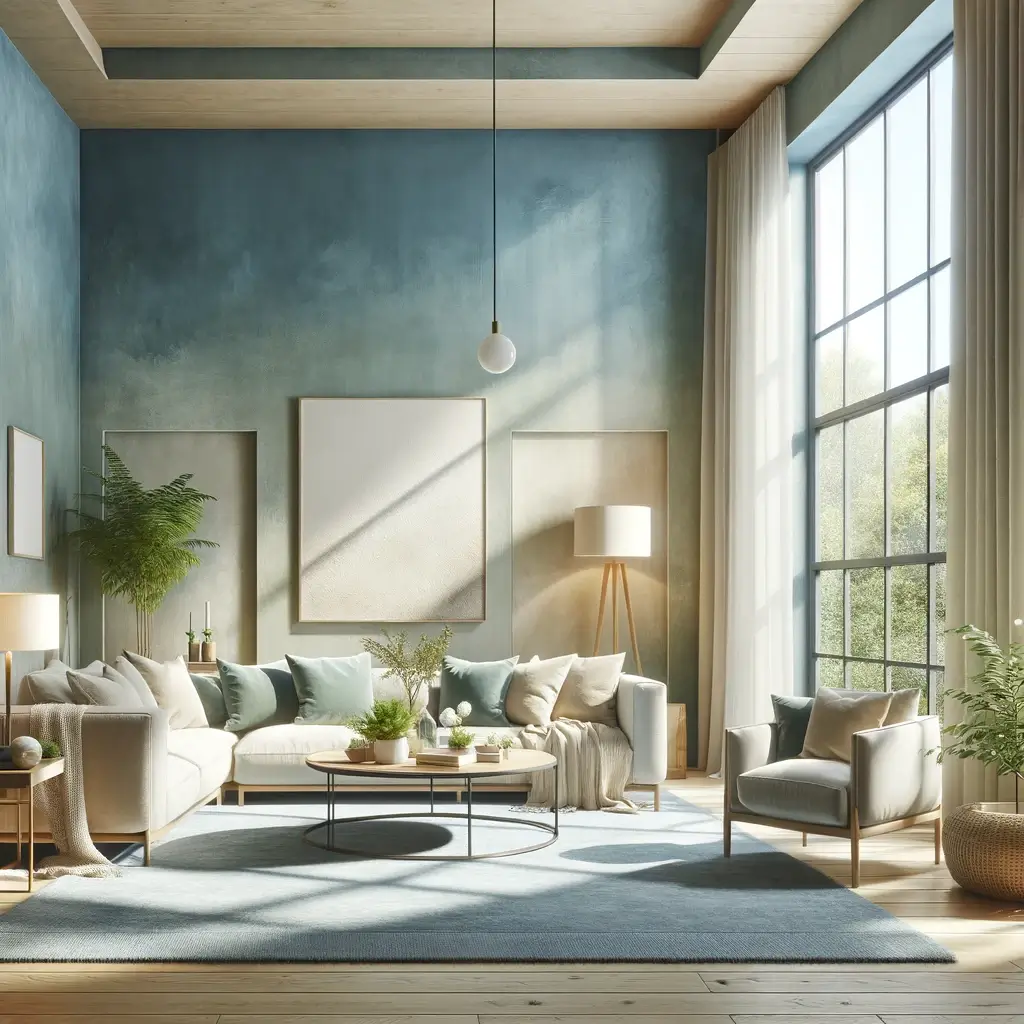
Limitations of Use
Limewash paint offers a unique matte finish and is particularly appreciated for its natural, aesthetic effect and ability to “breathe” when applied to various types of surfaces. However, due to its specific properties and limitations in terms of abrasion resistance and cleaning, there are some recommendations for its use.
Limitations of Using Limewash Paint
- Architectural Elements: Limewash paints are not recommended for painting architectural elements subject to regular handling or contact, such as door trims, doors, or baseboards. These surfaces are often subject to abrasion and can quickly show signs of wear.
- Cleaning and Maintenance: The matte finish, although aesthetically pleasing, does not offer the same ease of cleaning as glossy paint surfaces. Therefore, areas that require regular cleaning or are prone to dirt may not be ideal for limewash paint.
- Tight Spaces: In tight spaces such as small homes, campers, or boats, it is recommended to exercise caution when using limewash paints, especially on walls and other surfaces with regular contact. Limewash paint may be suitable for ceilings, where contact is minimal.
Wood Recommendations
Soft Woods: Limewash paint works best on softwoods like pine or plywood, especially when they are unpainted. Such wood provides good paint adhesion, resulting in a more durable finish.
Avoiding Fillers: During repairs and preparations of wooden surfaces, it is recommended to avoid using fillers that may differ in shade after painting. A better solution is to use wooden pegs to repair imperfections.
High-Tannin Woods: For high-tannin woods like oak or teak, there is a risk that tannins may “bleed” through the paint, affecting the finish color. Always perform tests on small sections of wood to check the paint reaction.
Surface Preparation
Preparing wood before painting with ZUBRA limewash paint is crucial to ensure durability and an aesthetic final appearance. Proper surface preparation depends on their current state – whether they are new, unpainted elements, weathered and unpainted wood, or previously painted surfaces. Here is the best way to prepare each type of wood:
New, Unpainted Wood
Cleaning: Lightly dust the wood with a clean cloth to remove any dust or small contaminants. This ensures a clean base for the paint and improves its adhesion.
Unpainted, Weathered Wood
Sanding: Use sandpaper to sand the wood surface. Sanding smooths the surface and removes accumulated dirt and old layers of wood that may have degraded due to weather conditions.
Cleaning: After sanding, thoroughly dust the wood with a clean cloth to remove sanding dust and other contaminants.
Previously Painted Wood
Sanding: Sand glossy surfaces to dull the existing finish. This allows the new paint to adhere better to the surface.
Using a Primer
Application of ZUBRA Colour Prep Coat Primer: Regardless of the wood’s condition, using ZUBRA Colour Prep Coat primer as the first step in painting is recommended. This primer not only improves the adhesion of limewash paint but also helps even out paint absorption, which is especially important for porous or unevenly absorbing surfaces.
You can avoid a rough surface if the painter applies some water with a sponge to the surface before the first coat of paint. This allows short fibers to absorb moisture and rise. Once the surface dries, a light sanding will remove these fibers. The surface will remain smooth during paint application.
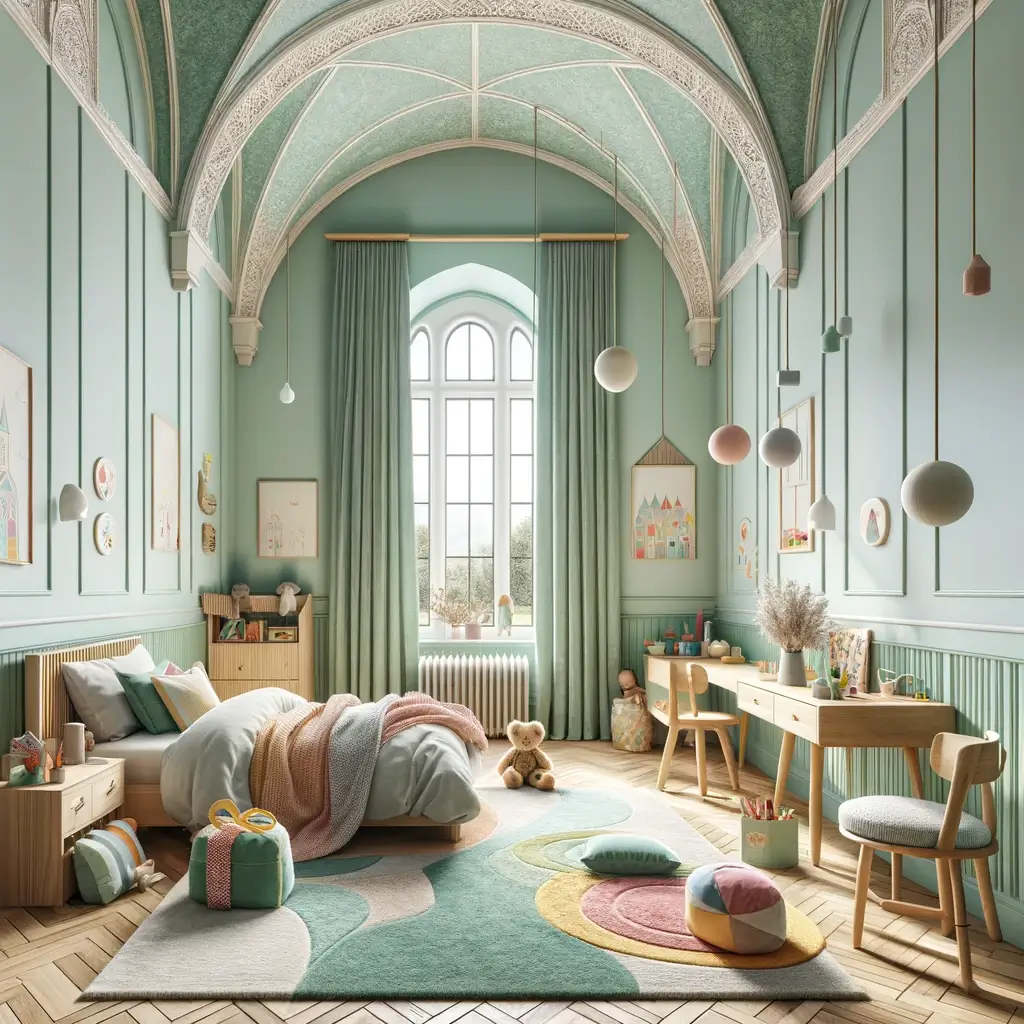
Visible Wood Grain or Fully Covered?
If you want to highlight the natural wood grain using limewash paint, proper surface preparation is crucial. Here’s how to approach painting, depending on whether you’re working with unpainted wood or previously painted wood:
Unpainted Wood
Direct Application of Limewash Paint: To emphasize the natural grain on unpainted wood, you can apply limewash paint directly without using the Prep Coat primer. Direct application allows for better visibility of the grain through the paint layer, creating a more natural and subtle effect. However, proper surface preparation, such as light cleaning and dusting, is still recommended.
Previously Painted Wood
Surface Preparation with ZUBRA Colour Prep Coat: For wood that has been previously painted and not fully cleaned of previous paint layers, it is recommended to use ZUBRA Colour Prep Coat primer. The Prep Coat helps ensure a uniform base for the application of limewash paint, which is crucial to avoid an uneven appearance caused by differences in absorption between old paint layers and exposed wood.
Why Use ZUBRA Colour Prep Coat
- Improved Adhesion: Prep Coat ensures better adhesion of limewash paint, which is crucial for the durability and aesthetics of the final finish.
- Uniform Finish: Using Prep Coat can help achieve a more uniform finish, especially on surfaces with varying absorption rates.
- Grain Protection: For unpainted wood where you want to highlight the grain, skipping the Prep Coat may be a deliberate choice. However, every decision regarding surface preparation should be preceded by a test on a small section to ensure the final effect meets expectations.
Application Guide
Applying limewash paint requires precision and attention to detail to achieve the desired results. Here’s a step-by-step guide on how to correctly apply ZUBRA limewash paint, maximizing its effectiveness and aesthetic qualities:
Preparing the Paint
Mixing the Paint: Thoroughly mix the limewash paint before use to ensure all ingredients are evenly distributed. Pouring the paint into a clean container or bucket can make application easier.
Checking the Pigment: Ensure no unmixed pigment remains at the bottom of the bucket. Continue stirring the paint at regular intervals during painting to maintain a uniform color.
Applying the Paint
Paint Application: Dip the ZUBRA Natural Brush into the paint, then gently shake off the excess to prevent dripping. The brush should be well-soaked but not overloaded with paint.
Painting Technique: Use loose, free strokes to evenly spread the paint over the surface. Try to stretch the paint as far as possible to achieve a uniform finish.
Maintaining a “Wet Edge”: To avoid visible overlapping layers of color, always try to maintain a “wet edge.” This means painting the next section before the previous section has dried.
Avoiding Drips and Runs: Be careful not to leave drips or runs. Evenly spreading the paint is key to an aesthetic finish.
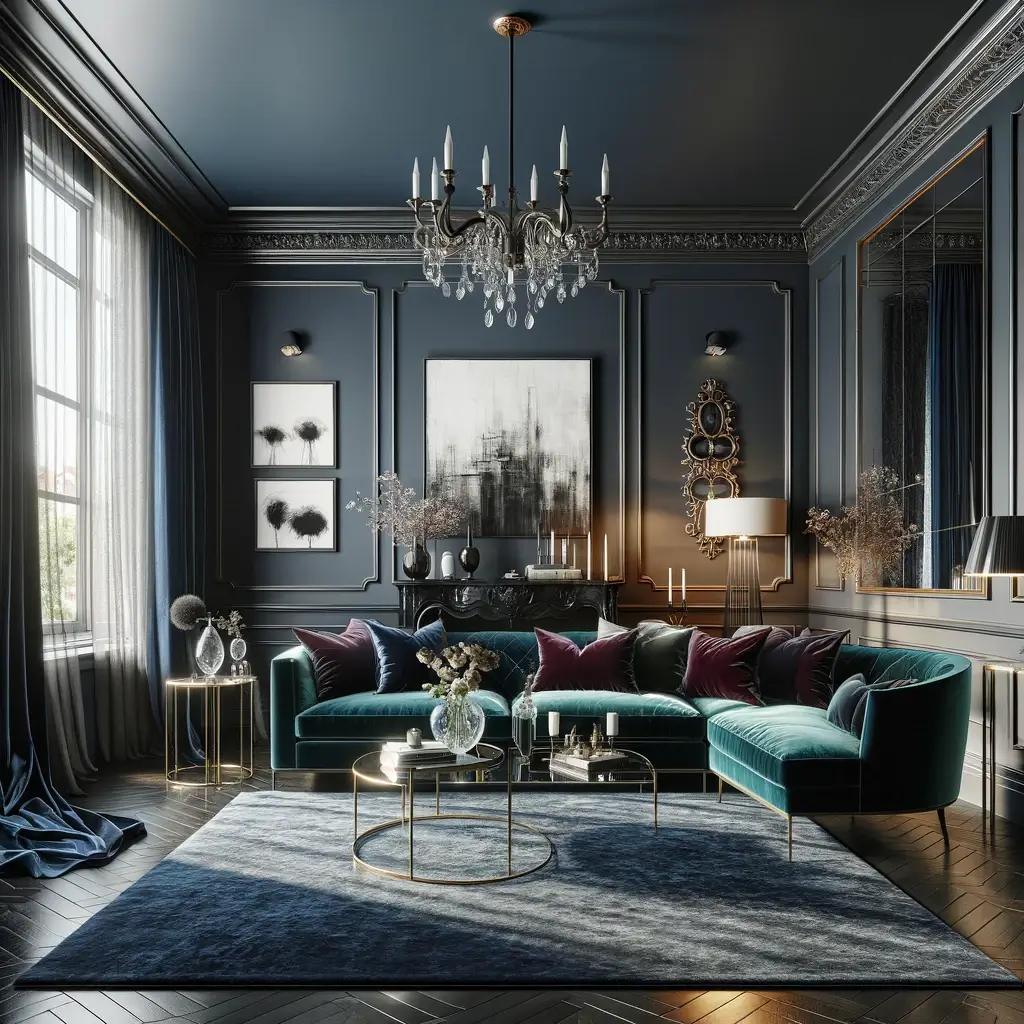
Final Effect
Do not worry if the paint appears darker and translucent immediately after application. As it dries, the paint will lighten to the chosen color and become opaque.
Avoid Overapplying Paint: It is essential not to try to “fix” translucency by overapplying the paint. Too thick a layer of paint may not only look bad but also affect adhesion and durability.
Following these tips can achieve professional and satisfying results using ZUBRA limewash paint, enjoying its natural look and unique aesthetic properties.
Painting Limewash on Plywood or Particleboard
Painting plywood or particleboard with limewash paint is an excellent way to give these materials a unique look. Here are some tips on how to properly prepare and paint these surfaces with ZUBRA limewash paint:
Safety
Before starting painting, it is important to take proper safety measures. Paint splashes can cause skin and eye irritation, so it is recommended to wear appropriate personal protection, such as gloves, safety glasses, and a face mask.
Tips
- Color Testing: Before painting larger surfaces, it is recommended to purchase a ZUBRA paint sample to ensure that the chosen color meets your expectations and suits the project.
- Tool Selection: The ZUBRA Natural Brush, with bristles specifically selected for effective and even paint distribution, is best suited for applying limewash paint.
Drying Time
Limewash paint dries relatively quickly to the touch, but the full curing process takes about two weeks. To ensure optimal drying conditions, allow at least one hour for each layer to dry, and in cooler weather, more time may be needed.
Cleaning
After painting, brushes are easily washed with minimal water, which is environmentally friendly. For brush care and longevity, use the ZUBRA Colour Brush Cleaner.
Finishing Wood with Limewash
An additional top coat is not required if you prefer to maintain a matte finish and the possibility of easily refreshing the surface in the future. However, if you consider using an invisible sealer, it is important to test it on a small area to ensure it does not alter the color’s appearance.
Painting Plywood or Particleboard
Limewash paints can be used on plywood or particleboard, adding a characteristic matte look to them. Surface preparation is similar to other types of wood: ensure they are clean, dry, and free of contaminants. Direct application of limewash paint on these materials will create a unique aesthetic effect, especially when highlighting the natural wood texture.
Remember that thorough preparation and following the manufacturer’s recommendations are crucial for achieving the best results when painting with limewash paint.

 German
German Slovak
Slovak Romanian
Romanian Lithuanian
Lithuanian Latvian
Latvian Hungarian
Hungarian French
French Finnish
Finnish Dutch
Dutch Czech
Czech


